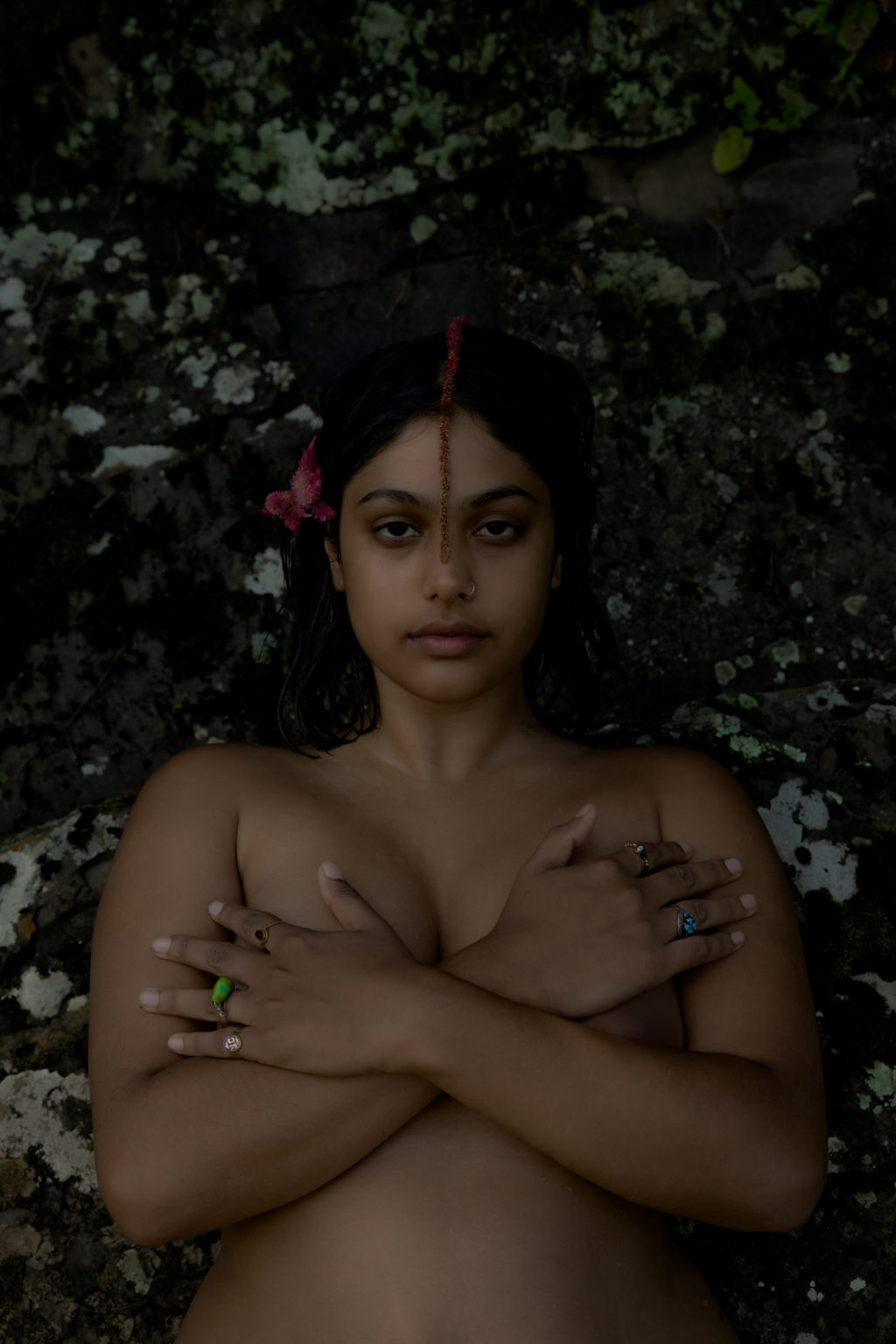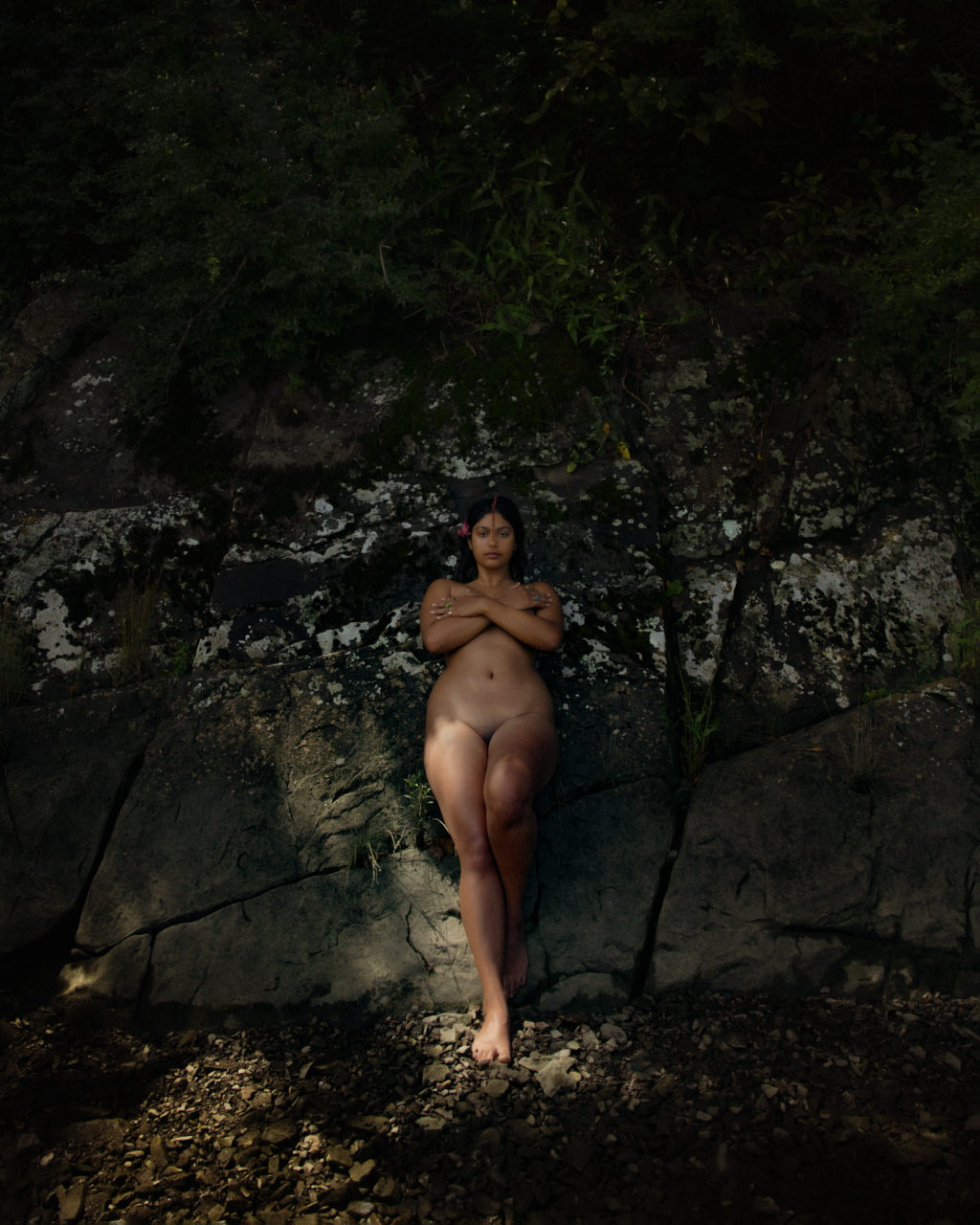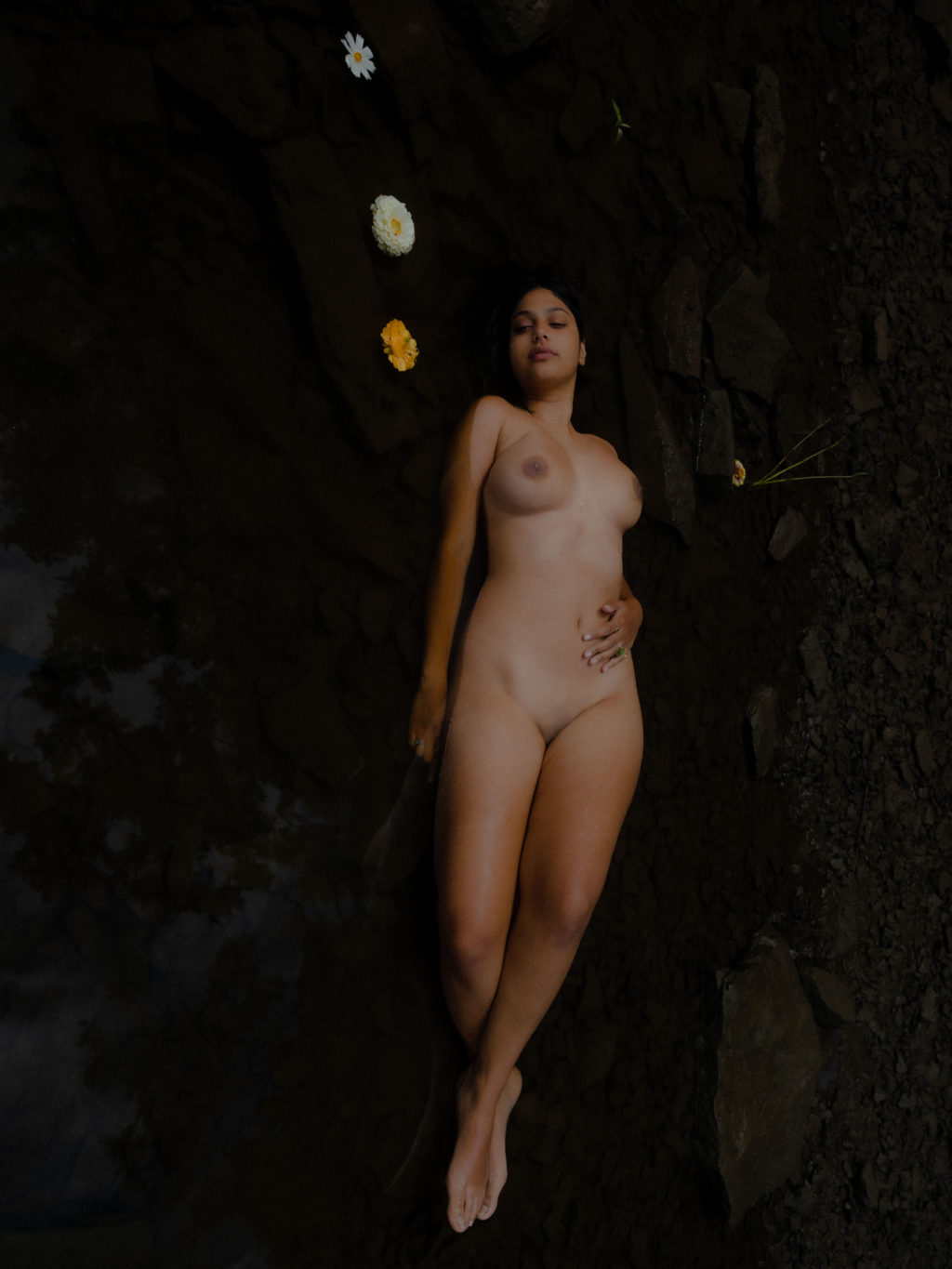My mother angrily told me I should learn to “save some things for myself” after I shared with her that I had attended a naked dinner centered around non-sexual healing. When I posted photos of myself partially exposed, she accused me of bringing shame upon our family and warned me that my consequent ostracization was my own doing. My entire life I had been told that I should cover up my curves and conceal my skin with heavier clothing. I had been instructed to see my body as an extension of my parent’s; something that I carried around as an unfortunate byproduct of existing in the world.

How then, could this body that was borrowed, have anything left that I could possibly “save for myself”?



In attempting to rid myself of the lingering narratives I was raised with surrounding promiscuity, sexuality and modesty, I turned to history to uncover the legacy of conservatism regarding the female body. What I found was that under colonization by the British, India had adopted stricter decorum to cover the female form. This was evident in the introduction of blouses and thicker petticoats to cover women’s skin under their traditional wear. Indian notions of immodesty were also influenced by colonial perspectives through the popular shift from traditional attire to Western formal wear which was upheld and revered by women of higher social status due to its proximity to the ruling Crown.
Before British colonialism, Indian attire was diverse, reflecting regional and cultural variations. Women wore sarees, ghagras and other garments that suited the climate and local customs. However, British colonial rulers imposed their own standards of modesty, influenced by Victorian values which were often at odds with indigenous cultural norms. Concepts of modesty, linked to sexual restraint and the suppression of desires, began to permeate Indian society.
Sexuality and relationships between the sexes were redefined within the purview of colonial morality. Practices that were once considered acceptable, such as free interaction between men and women, were now viewed as indecent. Modesty became associated with the concealment of one’s desires and emotions, a stark departure from the more open and communal nature of pre-colonial Indian society.
The colonial influence on modesty extended beyond clothing and morality; it also impacted Indian perceptions of beauty and self-worth. The British promoted a Eurocentric standard of beauty, which led to the denigration of traditional Indian features and body types. Indians were encouraged to emulate Western appearances, further eroding the cultural pride associated with their own physical attributes. Additionally, modesty in Indian culture became inextricably tied to notions of respectability. Women who conformed to colonial standards of modesty were seen as more respectable, often leading to increased social status. This, in turn, influenced the choices and behaviors of Indian women, shaping their roles within society.

The legacy of colonial influences on modesty in Indian culture continues to shape contemporary society. Modesty remains a fundamental aspect of Indian life, impacting clothing choices, behavior and interpersonal relationships. The stigma associated with immodesty, especially for women, persists, reinforcing gender roles and inequalities. Efforts to redefine modesty within the context of modern India have faced resistance, as the colonial legacy remains deeply ingrained in societal norms. However, there is also a growing movement challenging these norms, advocating for more inclusive and progressive understandings that acknowledge the diversity of Indian culture and experiences.
The journey towards liberating our bodies from colonial notions of decorum is a multifaceted one. It involves a reclamation of cultural identity, an acceptance of diverse forms of self-expression and a rejection of oppressive beauty standards. This includes embracing diverse body types, skin colors, and appearances, rejecting Eurocentric ideals and celebrating the uniqueness of each individual within the vast Indian subcontinent.
As an Indian-American artist and model, I find that it’s important to investigate what parts of our culture emphasize the beauty of our human experience and make us feel supported and whole, and what parts of our culture aim to repress and cut us off from who we are. Tradition is beautiful, but we can also look at history to know it is imperfect and not entirely our own. Artists aren’t meant to live in the past, they’re meant to keep creating culture, so traditional Indian culture isn’t the end all be all. Culture is a living breathing thing we all contribute to, learn from and grow from when it leads us astray.



